What is a Flush in Poker? | Flush Odds and Matchups Guide
A flush is five cards of the same suit in Texas Hold’em. Learn how flushes form, their odds by street, and how they rank against straights, full houses, and more.
What is a Flush?
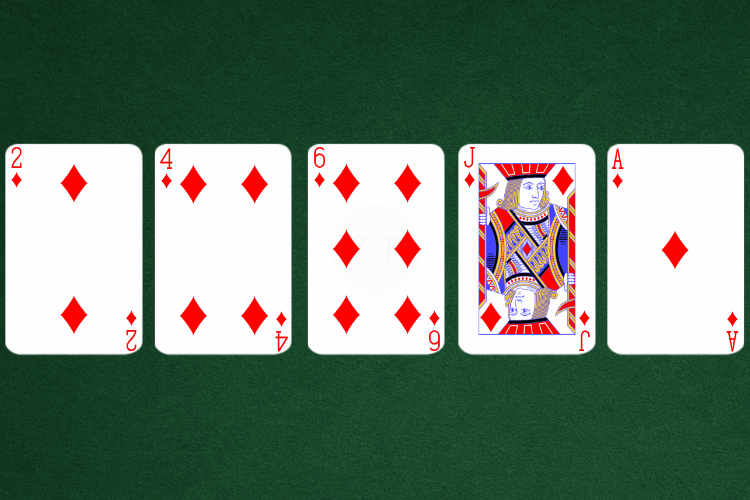
A flush happens when all five cards in your hand are the same suit. The cards can be in any order, as long as they match in suit. For example, 3♥, 7♥, 9♥, J♥, and K♥ make a flush because they are all hearts.
You can make a flush using both hole cards, or just one combined with four suited cards on the board. If two players make a flush, the one with the highest card wins. An ace-high flush always beats a king-high flush, and so on.
Flushes are strong in Texas Hold’em. They beat straights, two pair, and one pair, but lose to full houses and better. When you’re holding suited cards before the flop, there’s always the chance you could build toward a flush and it often pays off when you do.
Flush Odds
Flush Odds by the River | Suited Starters Help
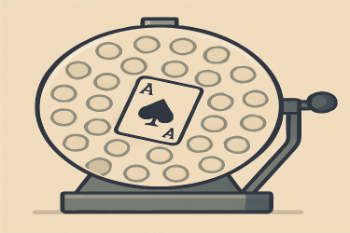
The odds of making a flush in Texas Hold’em depend on your starting hand and the stage of the hand. If you begin with suited hole cards, you’ll complete a flush by the river about 1 in 15 times. But if you hold offsuit cards, your chances are almost zero unless all five board cards run out the same suit.
Flush Overall Odds
| Starting Hand | Chance of Flush by River |
|---|---|
| Suited Cards | 6.5% (1 in 15.4) |
| Unsuited Cards | <0.2% |
Flush Flop Odds
| Starting Hand | Chance of Flopping a Flush | Chance of Flopping a Flush Draw |
|---|---|---|
| Suited Cards | 0.8% (1 in 119) | 10.9% (1 in 9.2) |
Starting with suited cards gives you about a 1 in 119 chance to flop a flush and a 1 in 9 chance to flop four to a flush. That draw opens up later outs on the turn and river.
Flush Turn Odds
| Flop Outcome | Chance to Hit Flush on Turn |
|---|---|
| Flush Draw (4 to flush) | 19.1% (1 in 5.2) |
If you have four cards to a flush after the flop, you’ll make the flush on the turn about 1 in 5 times. You have 9 outs, and 47 unseen cards, making this a solid semi-bluff opportunity.
Flush River Odds
| Turn Outcome | Chance to Hit Flush on River |
|---|---|
| Still 4 to a Flush | 19.6% (1 in 5.1) |
If your flush draw survives to the river, your odds of hitting are nearly identical to the turn, just under 1 in 5. Whether chasing with position or bluff-catching on scare cards, your equity remains strong.
Flush Matchups
| Matchup | Winner | |
|---|---|---|
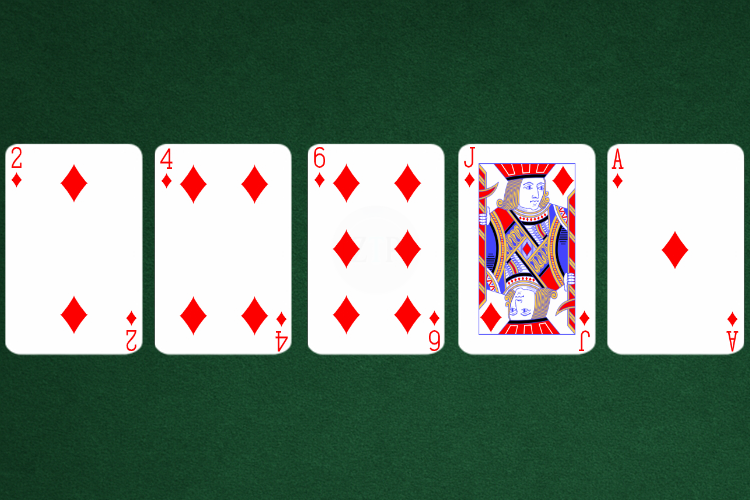 Flush Flush |  Royal Flush Royal Flush | Royal Flush |
 Flush Flush | 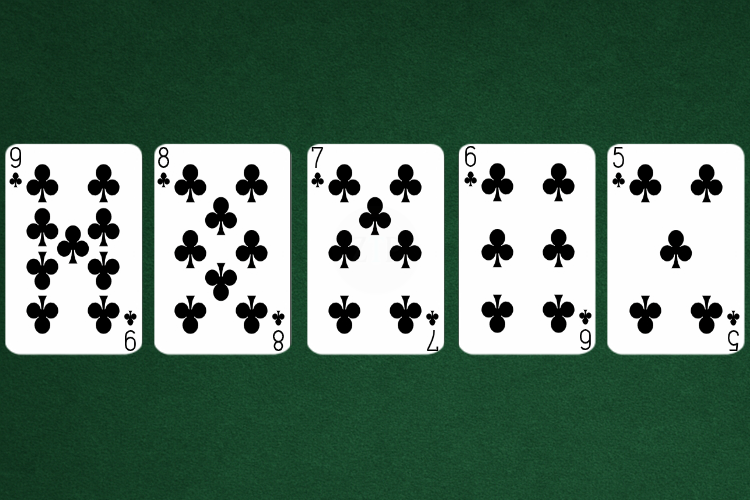 Straight Flush Straight Flush | Straight Flush |
 Flush Flush | 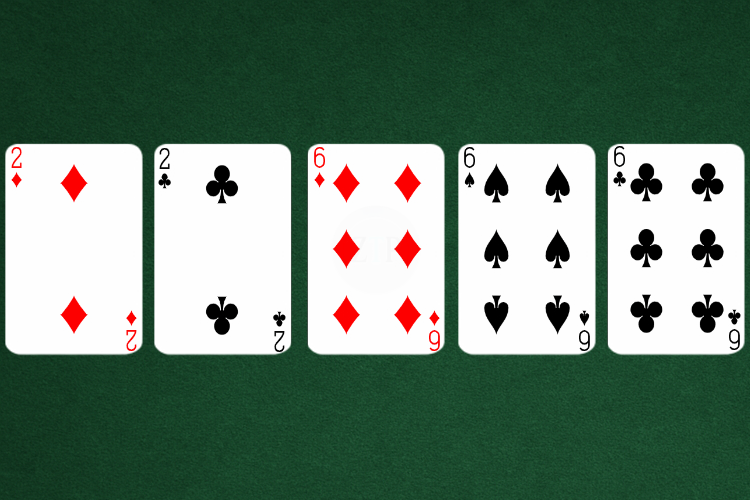 Full House Full House | Full House |
 Flush Flush | 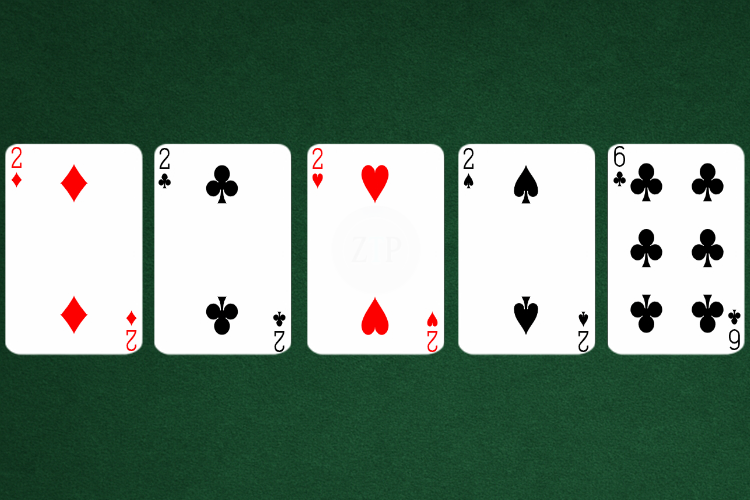 Four of a Kind Four of a Kind | Four of a Kind |
 Flush Flush | 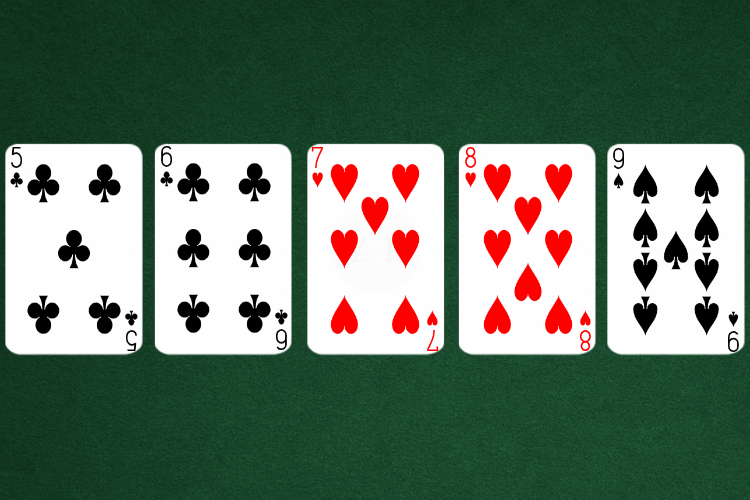 Straight Straight | Flush |
 Flush Flush | 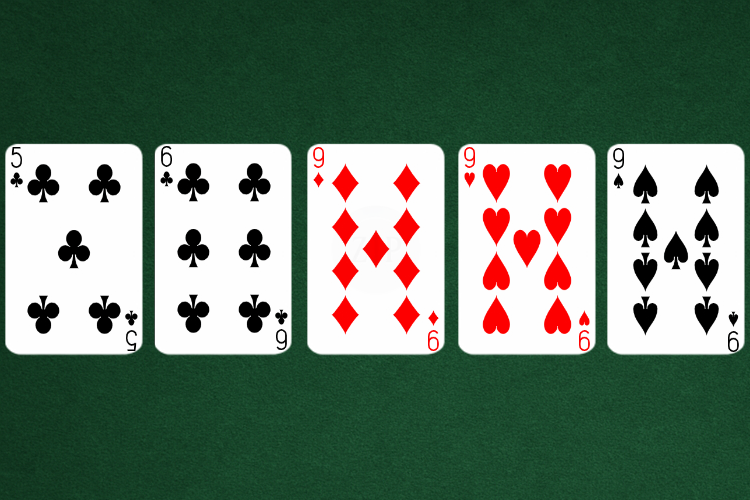 Three of a Kind Three of a Kind | Flush |
 Flush Flush | 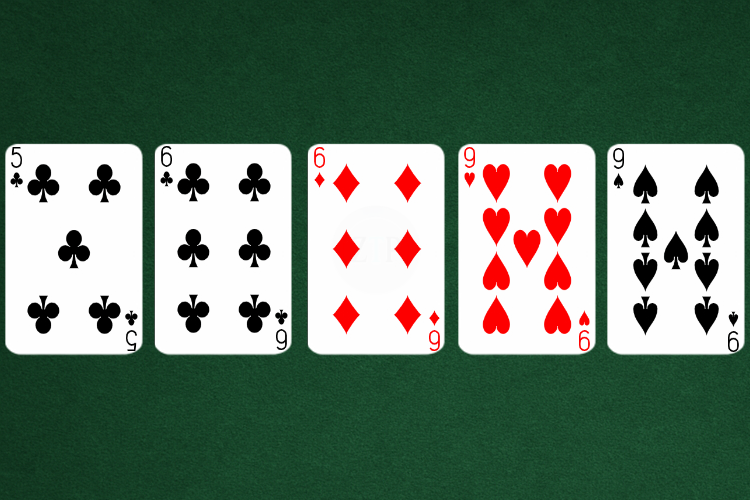 Two Pair Two Pair | Flush |
 Flush Flush | 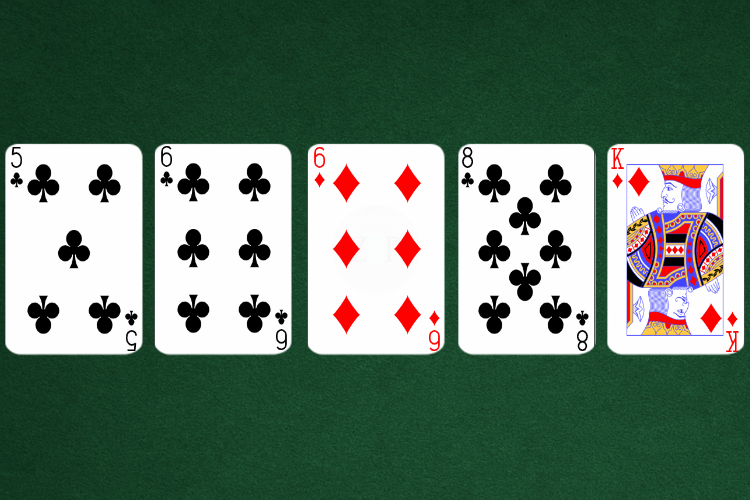 One Pair One Pair | Flush |
 Flush Flush | 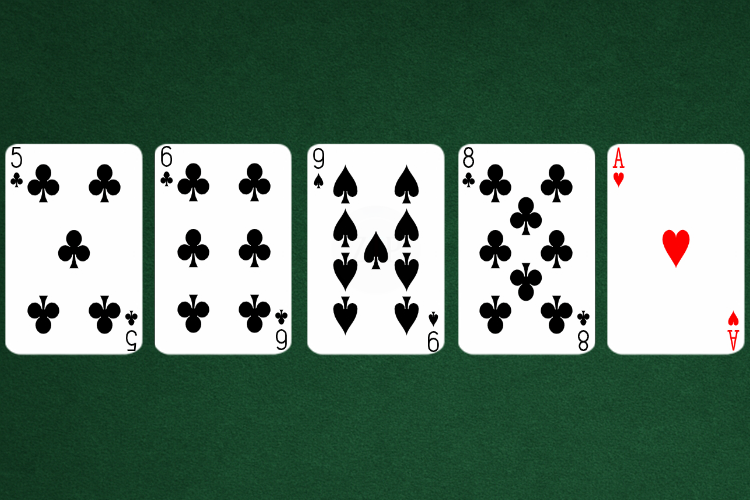 High Card High Card | Flush |
Does a Flush Beat a Royal Flush?

No. A royal flush is the best possible hand in poker. It always beats a regular flush.
Does a Flush Beat a Straight Flush?

No. A straight flush, five consecutive cards of the same suit, outranks a regular flush.
Does a Flush Beat a Full House?

No. A full house, three of a kind plus a pair, beats a flush in the hand rankings.
Does a Flush Beat Four of a Kind?

No. Four of a kind, or quads, outranks a flush every time.
Does a Flush Beat a Straight?

Yes. A flush beats a straight, even if the straight is ace-high.
Does a Flush Beat Three of a Kind?

Yes. A flush outranks any three-of-a-kind hand.
Does a Flush Beat Two Pair?

Yes. A flush beats two pair since matching suits outrank paired ranks.
Does a Flush Beat One Pair?

Yes. A flush easily beats any one-pair hand.
Does a Flush Beat a High Card?

Yes. A flush wins against any high-card hand, no matter how high.
How to Play a Flush
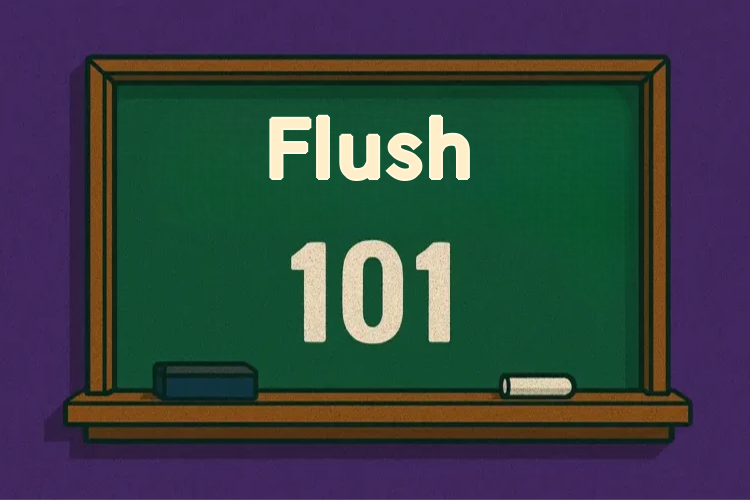
Play Fast on Dry Boards
| Jump to Flush Strategy | |||
|---|---|---|---|
| Dry Boards | Wet Boards | Flush vs Flush | Nut Flush |
A flush is a strong hand, especially on boards that do not threaten with pairs or straight draws. When the board is dry, meaning the cards are not close in rank or suited in dangerous combinations, it is often best to bet for value across multiple streets. Many players will call down with top pair, two pair, or even lower flushes.
You should be confident about your hand strength and apply pressure. Avoid slow-playing in these spots, since giving free cards may allow opponents to improve to a full house or higher flush.
Position also matters. When you have a flush and act last, you control the pace. This gives you the option to value bet or check back the river depending on how the turn played out. In early position, betting out can build the pot and set the tone.
Slow Down on Wet Boards
| Jump to Flush Strategy | |||
|---|---|---|---|
| Dry Boards | Wet Boards | Flush vs Flush | Nut Flush |
When the board is connected, paired, or shows potential for a full house, your flush loses some of its strength. On wet boards like 8♠‑9♠‑9♦‑J♠‑K♦, a flush can be beat by a full house or higher flush. It is important to control the pot size in these situations.
Instead of building the pot with big bets, consider checking or using smaller sizing. This helps reduce losses if you are behind and encourages weaker hands to call without folding. You can still value bet, but be cautious when facing raises.
Reading your opponents helps here. If they check back the turn or call small bets but raise big on the river, there is a good chance they are trapping with a strong hand. Play cautiously and do not overcommit just because you have a flush.
Flush Over Flush Awareness
| Jump to Flush Strategy | |||
|---|---|---|---|
| Dry Boards | Wet Boards | Flush vs Flush | Nut Flush |
Not all flushes are equal. Ace-high flushes beat all others, so if you are holding a lower suited hand like 9♠‑10♠ and the board brings more spades, you could be in trouble against someone holding A♠ or K♠.
When the board completes a flush and you have a low or mid-ranked flush, consider how many stronger flushes are possible. If you were not the preflop aggressor and face aggression post-flop, be wary of a higher flush.
This is especially important in deep-stacked games where players call with suited aces. If you are beat by a higher flush, it can cost you your entire stack. Use pot control and caution when your flush is not the nuts.
Value Betting with the Nut Flush
| Jump to Flush Strategy | |||
|---|---|---|---|
| Dry Boards | Wet Boards | Flush vs Flush | Nut Flush |
If you hold the nut flush, you are in the best possible spot when no paired board threatens a full house. This is a time to go for value, especially when your opponent can have worse flushes, straights, or even two pair.
Do not check the river out of fear. Players often call down with weaker hands in flush situations. If you believe you have the best hand, bet big and extract maximum value.
The only time to slow down is when the board pairs and a full house is possible. Otherwise, push the action with confidence. Nut flushes win big pots when played correctly.
Flush Overview

A flush is one of the stronger hands you can make in Texas Hold’em. When all five cards share the same suit, and you’ve got one of the higher ones, it can win big. It beats hands like two pair or a straight and often goes unnoticed until it’s too late for opponents to adjust.
Still, not every flush is safe. If there are four cards of the same suit on the board, someone else might have one too. If yours isn’t a nut flush, it’s smart to be cautious.
Flushes made with both hole cards are tougher to spot. They often catch other players off guard, especially when the board doesn’t scream danger. Flushes made with only one suited hole card are easier to guess and usually less secure.
Played right, flushes can return solid value. Bet strong when the board is dry, and slow down if the texture suggests danger. A well-timed flush can do serious work in building pots or shutting them down.


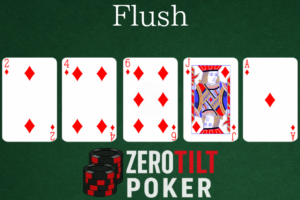
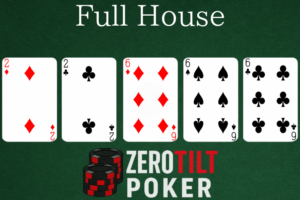
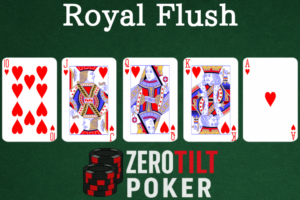
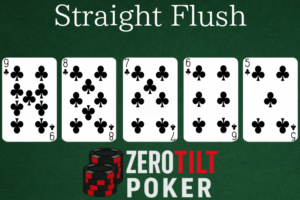
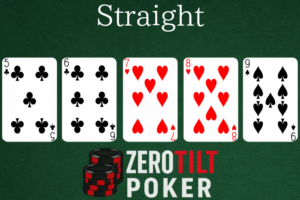
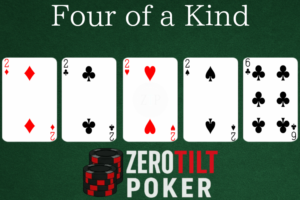
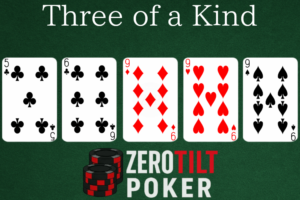
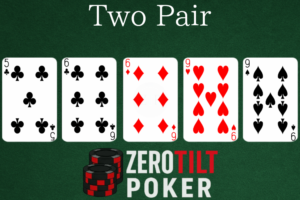

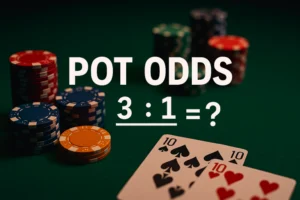


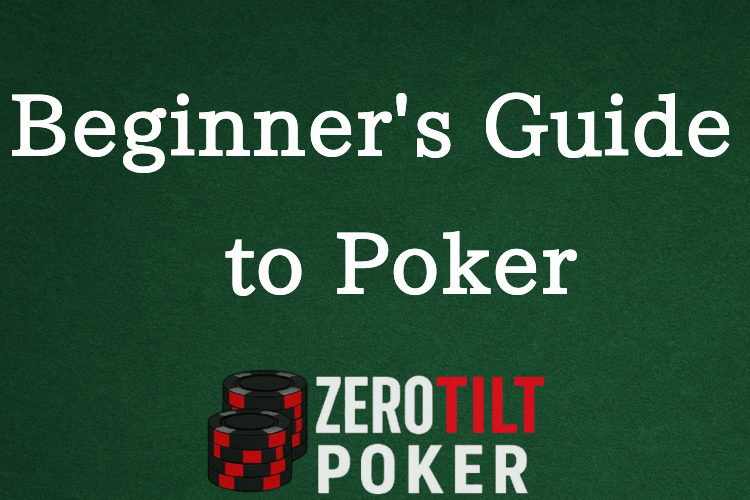
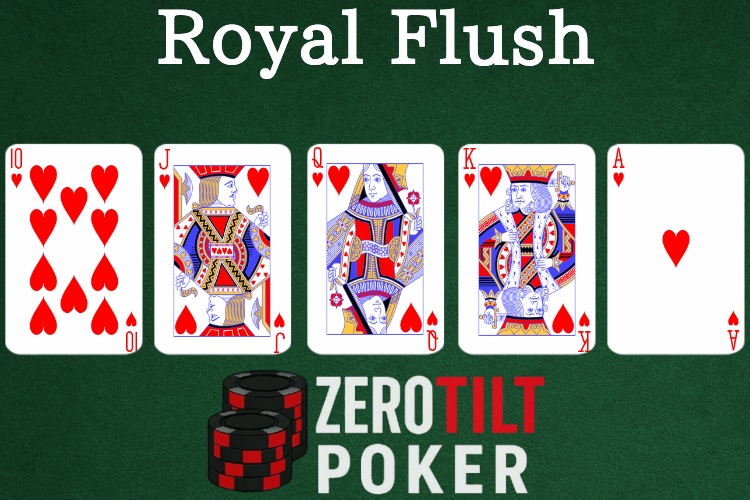
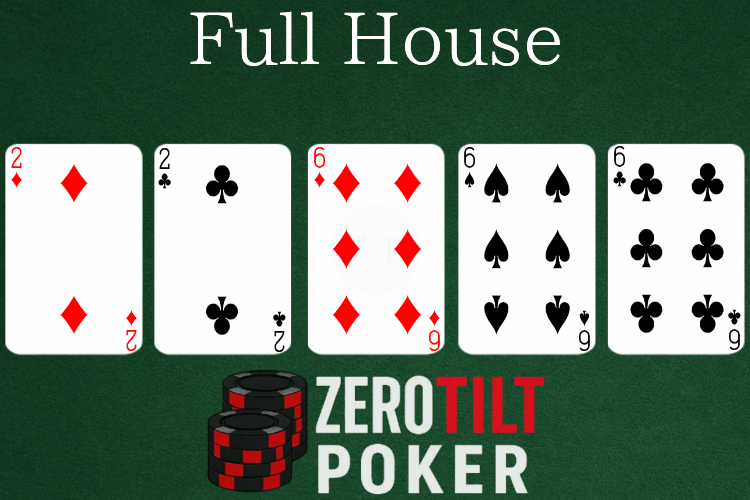
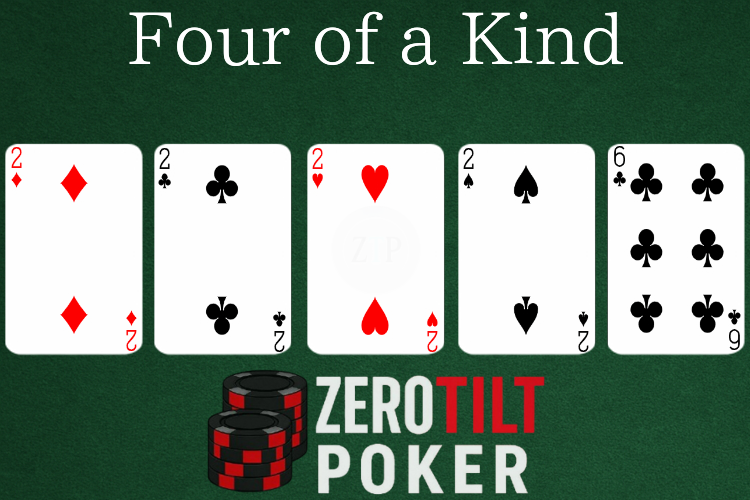
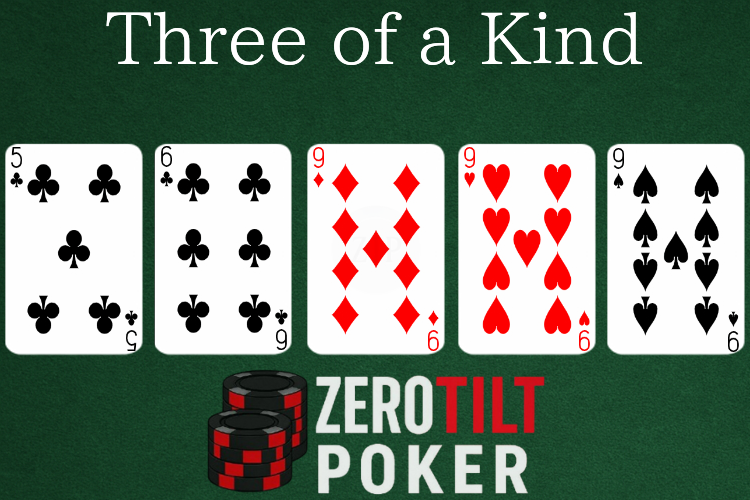
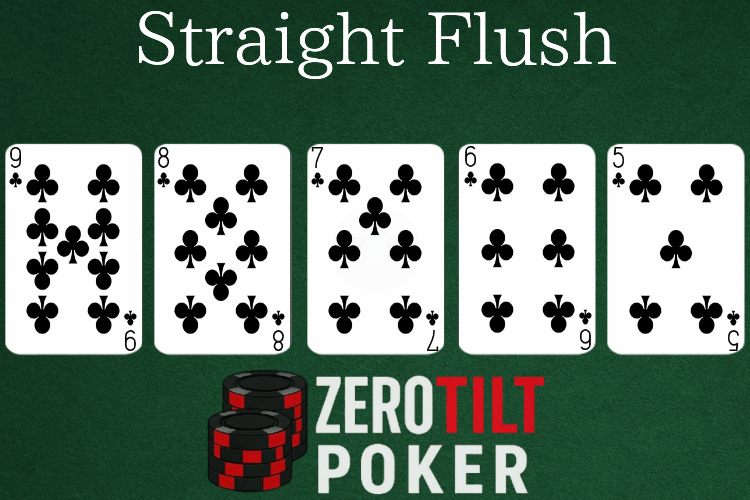
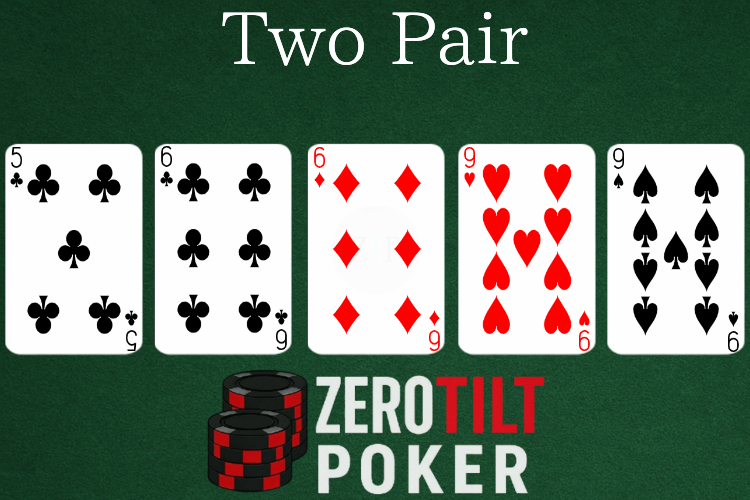
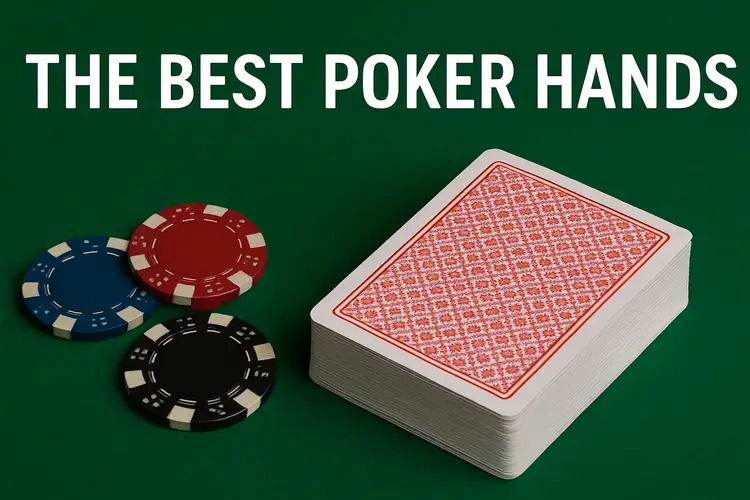
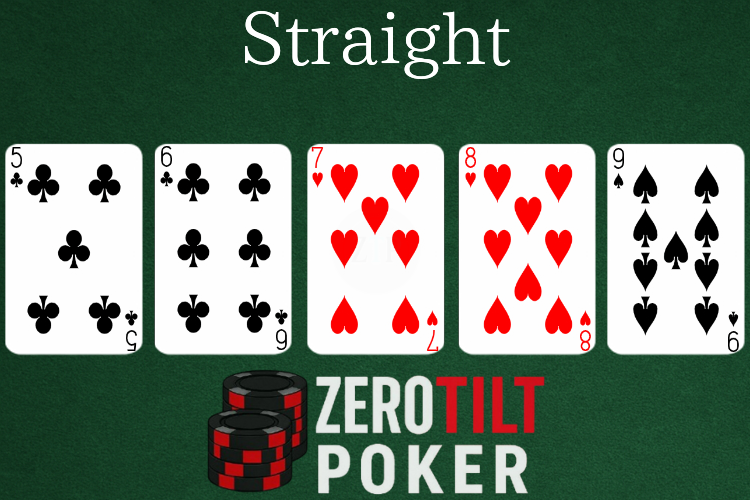

Leave a Reply